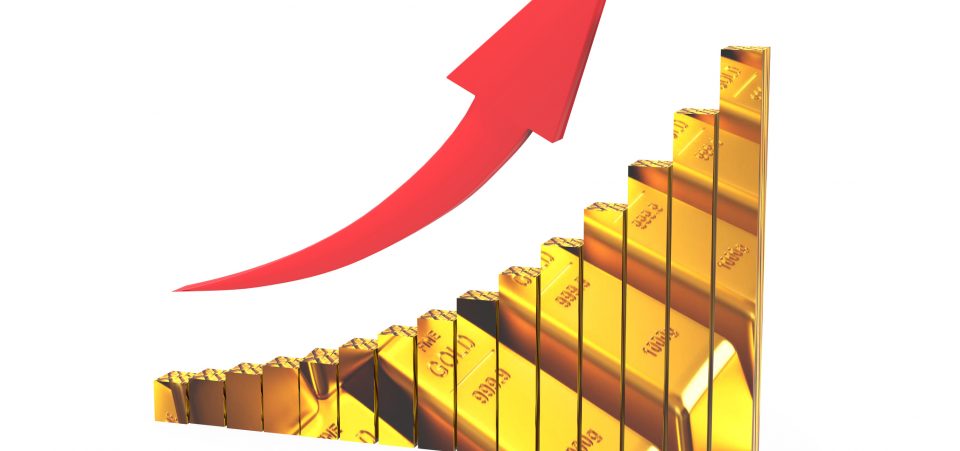Gold Prices Climb Even as Physical Purchases Slow
Gold prices have continued to rise, even as physical purchases of the commodity have slowed across Asia, due to the higher cost.
Bullion hit $1,286 per ounce as the continued political instability across the world has pushed investors to seek out a safe-haven asset.
The most recent meeting between U.S. Secretary of State Rex Tillerson and Russian Foreign Minister Sergey Lavrov yielded little change in the current conflict. Following a joint conference with Lavrov, Tillerson said that relations between the two nations were “at a low point.” (Source: “Gold just surged to a five-month high—and ‘has the chance to go further’,” CNBC, April 13, 2017.)
The main cause for the tension is the United States’ growing involvement in the Syrian civil war. Recently, the U.S. fired missiles on a Syrian government-controlled airfield after a chemical attack was alleged to have originated from that base. The Russian and Syrian governments deny that chemical weapons were used by Syrian government forces. The U.S. has claimed that increased military action may be on the way.
The 10-year U.S. Treasury yield then fell to a five-month low, while the yield on the two-year note also dropped. As U.S. assets fall, bullion is often the beneficiary, rising due to its stability, despite not having a yield for investors.
Gold prices have hit their highest peak since November 2016, when Donald Trump won the election for the U.S. presidency. In the immediate aftermath of that victory, analysts were bullish on the American economy, which sunk gold prices. Now, however, as the administration has run into political difficulties, both at home and abroad, some investors are turning back to the precious metal in order to hedge against further unexpected news events that could damage traditional assets.
Buyers in Asia have also slowed their purchases of gold, due to the rising prices. (Source: “India gold prices slip to discount for first time in six weeks,” Reuters, April 13, 2017.)






